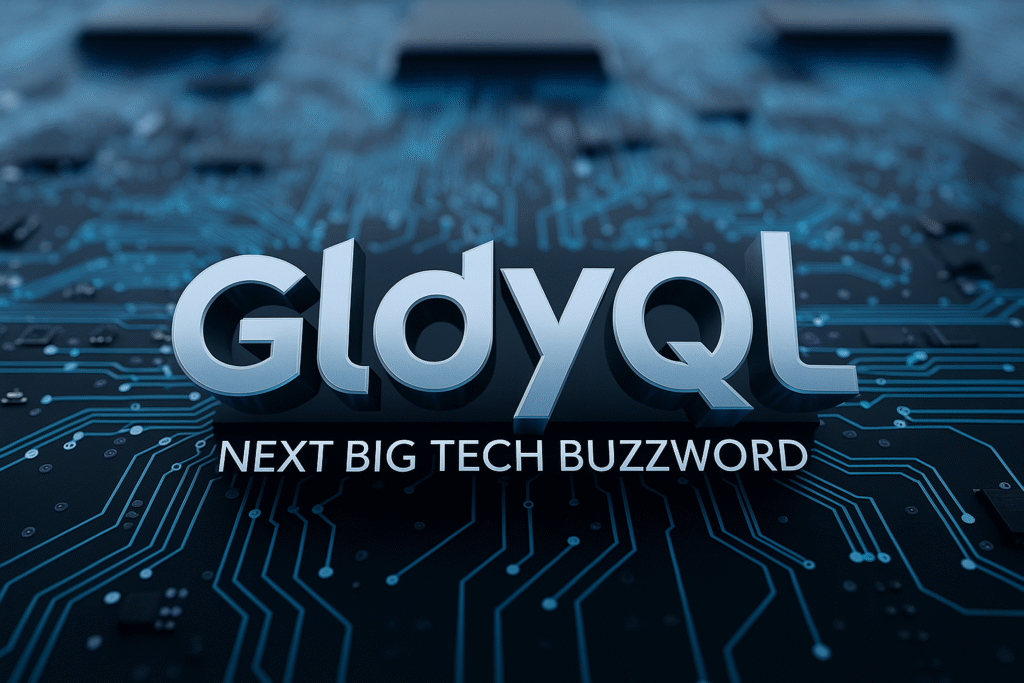How to Revolutionize SOA OS23: Service-Oriented Architecture in a New Era.
Today’s tech savvy society is always seeking smarter, more efficient, and more flexible systems. Why? Discover SOA OS23, a modern variation of Service-Oriented Architecture (SOA) that is designed to meet the evolving needs of businesses. Although SOA’s fundamental principles aren’t novel, SOAA OS23 provides a highly structured, open-source framework that seamlessly integrates with current technologies and adds new dimensions to the problem. The workings of SOA OS23 could be crucial for any CTO in London or startup developer in New York to ensure their apps are ready for the future.
SOA OS23. What is the Authenticity of It?
SOA OS23 is built on the foundations of traditional SOAA principles, which involve the interconnection of services through defined interfaces to carry out business functions. The main characteristics of SOA OS23 are its emphasis on simplicity, standardisation, and scalability. Practical tools and methodologies are available to transform service architecture into a high-performing ecosystem, rather than just theoretical concepts.
Instead of allowing service communication to be determined by developers, SOA OS23 establishes predetermined API protocols, data exchange formats (such as JSON), and logging standards. This allows teams to focus on innovation rather than reinventing architectural wheels, which reduces friction and enhances collaboration across continents.
A practical approach for designing with SOA OS23? Request details.
Imagine you are building a health app that manages patient information, booking appointments and billing across multiple locations. By utilizing SOA OS23, you can configure your services to function independently while securely communicating through an API gateway. From the outset, the architecture would implement data privacy policies (e.g, GDPR compliance), version control, and centralised monitoring).
Each component, such as the patient record service, can be updated or expanded without interfering with the rest of the system. Designed with agility and resilience in mind, SOA OS23 is truly magical. This is what makes it so remarkable.
OS23’s SOA adoption is attracting businesses.
The adoption of SOA OS23 is accelerating, and with good cause. The reasons for companies to join the Atlantic are as follows:.
The adoption of standardized blueprints leads to faster implementation time-to-Market, allowing teams to introduce features more quickly.
Reduced development is achieved by utilizing reused services, which means building and deploying frequently and decreasing operational costs.
The integration of different platforms and languages through open APIs and shared communication standards enhances the system’S Interoperability.
Stronger Governance and Compliance: Businesses can easily maintain regulatory compliance with the inclusion of auditing or security measures.
The advantages of SOA OS23 are not just for theoretical purposes, but also for companies creating strong digital ecosystems.
Can SOA OS23 and Cloud-Native Architecture be a Good Match?
The shifting digital infrastructure today favors cloud-based solutions, and SOA OS23 is in line with this. Its support for containerisation and lightweight services allows it to integrate with Kubernetes, serverless functions, and modern CI/CD pipelines.
Using this synergy, developers have the flexibility to deploy and manage services across hybrid cloud environments without any hindrances. Contract-first development, which employs specs like OpenAPI, is supported by SOA OS23, making testing and continuous integration more dependable and easier. This applies equally to teams in Manchester and San Francisco.
What are the obstacles to implementing SOA at OS23?
The adoption of SOA OS23 is not a simple process, despite its many benefits. These are some to keep in mind:.
Initially, the framework simplifies tasks in the long run, but the upfront setup and comprehension can be challenging for teams unfamiliar with SOA principles.
Microservices introduce communication overhead, which can negatively impact performance if messaging is not executed efficiently.
Cultural changes may be necessary in teams and organizational thinking, particularly in traditionally isolated environments, when transitioning to SOA OS23. This is a topic of great importance.
To overcome these challenges, comprehensive planning, skilled training and the right mix of open-source tools are needed.
The SOA-based application of OS23: A Case Study Spotlight.?
Take for instance Orion Systems, a multinational logistics company that is hypothetical.—. Their IT environment was fragmented before the introduction of SOA OS23, with each department using bespoke systems that didn’t have communication capabilities.
The adoption of SOA OS23 led to the establishment of a common architecture that encompassed all business functions, including inventory tracking and customer service, in the form of modular services. Through the use of consistent protocols and shared monitoring dashboards, these services enabled real-time insights to be obtained and expedited the resolution of technical issues. The result? A 40% reduction in operational expenses and a 60% boost in system reliability.
The Future of Digital Systems with SOA OS23.?
Currently, SOA OS23 is well-equipped to operate intelligent systems that go beyond automation. Integrating with AI models, event-driven workflows and adaptive governance rules allows this architecture to make decisions in real-time, almost like thinking for itself.
For instance, a financial application that employs SOA OS23 could evaluate user behavior, trigger security alerts, or adjust features without manual input. Software development should be a continuous learning and evolving process for users. Why?
Conclusion: Why SOA OS23. Deserves Your Attention.
From coding your next SaaS product in a co-working space to leading the digital transformation at elti, SOA OS23 provides an ideal blueprint for building agile, scalable, and intelligent systems. It brings together the advantages of traditional SOA with modern elements, providing clarity, consistency, and control in a complex tech landscape.
SOA OS23 architectures will become indispensable as businesses prioritize flexibility and user experience. If you adopt this approach early on, you will be more equipped to handle challenges ahead. »
FAQs: Demystifying SOA OS23.
Can SOA OS23 be classified as a software program or is it solely based on an idea?
The strategy of SOA OS23 is more of a blueprint than an actual tool. It outlines best practices, standards and recommended technologies for effective implementation of service-oriented systems.
Is it possible to utilize SOA OS23 for smaller projects or startups?
A: Absolutely! Its modularity allows for the implementation of small services and then large scale requirements.
Does SOA OS23 require a particular technology stack?
A: Not necessarily. The platform has provisions for guidelines and advice, such as the use of RESTful APIs and the ELK stack, but it’s adaptable to different technologies.
What is the security perspective of SOA OS23?
API gateways, standard authentication protocols, and central policy enforcement are integral components of SOA OS23’s architecture.
Can one access SOA OS23 without any charges?
Since SOA OS23 is open-source, any organization or individual can use it for free.



